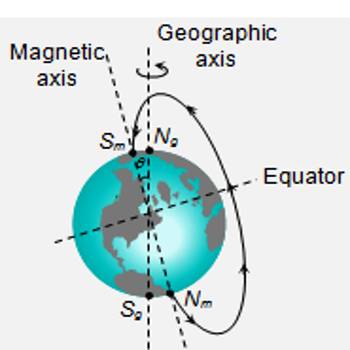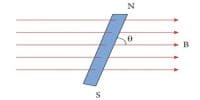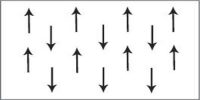An axis is an invisible line around which an object rotates or spins. The object can be a tiny particle, smaller than a single atom. The points where an axis intersects with an object’s surface are the object’s North and South Poles.
Geographical axis: The imaginary line connecting the two geographical poles is called the geographical axis. An axis is an invisible line around which an object rotates or spins. The thing might be a small particle, smaller than a single atom. Or it may be a star with the mass of a thousand suns. The geographical axis crosses the surface of the Earth, by definition of geographical latitude at 90°N and 90°S. Every planet in our solar device rotates on its axis. So, each planet has a North and South Pole, the points wherein an axis meets the planet’s exterior. Thus the angle between the magnetic dipole axis of the Earth and the geographic axis is thus 90°-80.31° = 9.69°.

The geographical axis, interpreted as a territorial social axis, becomes a convergent social space, defining for the human groups prepared along sure cloth energies charged each informational and monetary. A geographical axis is either of the two points on a planet, moon, or other relatively large rotating body where the body’s axis of rotation meets its surface. It is the central axis of the earth globe around which the earth rotates. The territorial axes acquire permanent, herbal, and social operation capability via the characteristic network which governs it in time. Each planet has geographical poles. The magnetic north pole is out of alignment with the geographic north pole and the difference between the geographic north and the magnetic north is known as the declination. If just like the Earth, a body produces a magnetic area, it will also possess magnetic poles. Surveying magnetic compasses have a provision for adjustment of the geographic north with respect to the magnetic north to obtain the true north.
















